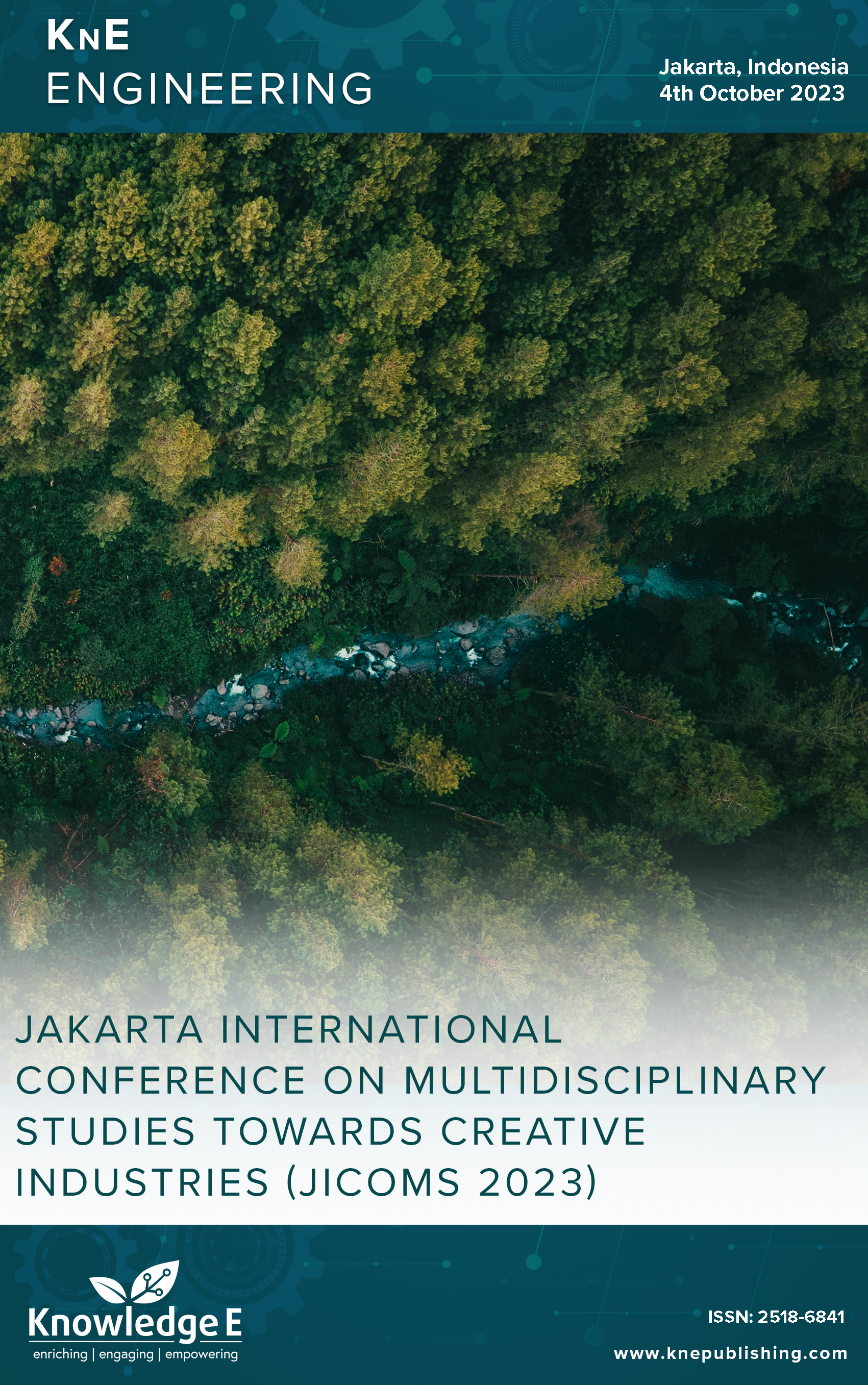Photocatalytic-based Titanium Dioxide and Its Application in Reducing Organic Pollutant of River Water
DOI:
https://doi.org/10.18502/keg.v6i1.15457Abstract
The Indonesian region of Sumatra has many rivers, and several of them are currently polluted by household and industrial wastes. Due to this, the river water looks cloudy and not clear. An easy method is needed to reduce the impact of this organic waste pollution. Photocatalysts are known for their ability to destroy organic pollutants which are environmentally friendly, cheap, and have the potential to be widely developed on a large scale. The principal mechanism of photocatalyst are generating the hydroxyl radicals (OH), which act as strong oxidants to mineralize organic contaminants. These principal photocatalyst mechanism includes the generation of hydroxyl radicals (OH), which act as strong oxidants to mineralize organic contaminants. A handy sprayimmobilization method of TiO2 powders on the solid plastic buffer has been utilized in a destroying effluent system. The photocatalytic activity of the TiO2-immobilized transparent plastic were evaluated by the degradation of organic contaminant under sunlight irradiation. The titania catalyst have the most potential destroying impact of about 98% after 10 days of sun irradiation. This investigation proved the potential of titanium oxide in handling organic waste in rivers.
Keywords: titanium dioxide, photocatalytic, water treatment, river
References
[2] Pink RM. Water rights in China and India: A human security perspective. Asian Aff. 2016;43:19–35.
[3] Hassan M, Zhao Y, Xie B. Employing TiO2 photocatalysis to deal with landfill leachate: Current status and development. Chem Eng J. 2016;285:264–275.
[4] Liu Y, Liu F, Pan X, Li J. Protecting the environment and public health from pesticides. Environ Sci Technol. 2012;46(11):5658–5659.
[5] Broséus R, Vincent S, Aboulfadl K, Daneshvar A, Sauvé S, Barbeau B, et al. Ozone oxidation of pharmaceuticals, endocrine disruptors and pesticides during drinking water treatment. Water Res. 2009;43(18):4707–4717.
[6] Fujishima A, Honda K, Fujishima A, Honda K. Electrochemical photolysis of water at a semiconductor electrode. Nature. 1972;238(5358):37–38.
[7] Kanan S, Moyet MA, Arthur RB, Patterson HH. Recent advances on TiO2-based photocatalysts toward the degradation of pesticides and major organic pollutants from water bodies. Catal Rev, Sci Eng. 2019;62(1):1–65.
[8] Zangeneh H, Zinatizadeh AA, Habibi M, Akia M, Isa MH. Photocatalytic oxidation of organic dyes and pollutants in wastewater using different modified titanium dioxides: A comparative review. J Ind Eng Chem. 2015;26:1–36.
[9] Alinsafi A, Evenou F, Abdulkarim EM, Pons MN, Zahraa O, Benhammou A, et al. Treatment of textile industry wastewater by supported photocatalysis. Dyes Pigments. 2007;74(2):439–445.
[10] Shan AY, Ghazi TI, Rashid SA. Immobilisation of titanium dioxide onto supporting materials in heterogeneous photocatalysis: A review. Appl Catal A Gen 2010;389(1– 2):1–8.
[11] Utami FD, Rahman DY, Sustini E, Abdullah M. Immobilization of TiO2 on transparent plastic and its application in photocatalytic wastewater treatment. J Phys Conf Ser. 2019;1171(1):012030.
[12] Utami FD, Rahman DY, Margareta DO, Abdullah M. Photocatalyst based on TiO2 and its application in organic wastewater treatment using simple spray method. J Phys Conf Ser. 2019;1204(1):012086.
[13] Borges ME, Sierra M, Cuevas E, Garcia RD, Esparza P. Photocatalysis with solar energy: Sunlight-responsive photocatalyst based on TiO2 loaded on a natural material for wastewater treatment. Sol Energy. 2016;135:527–535.


